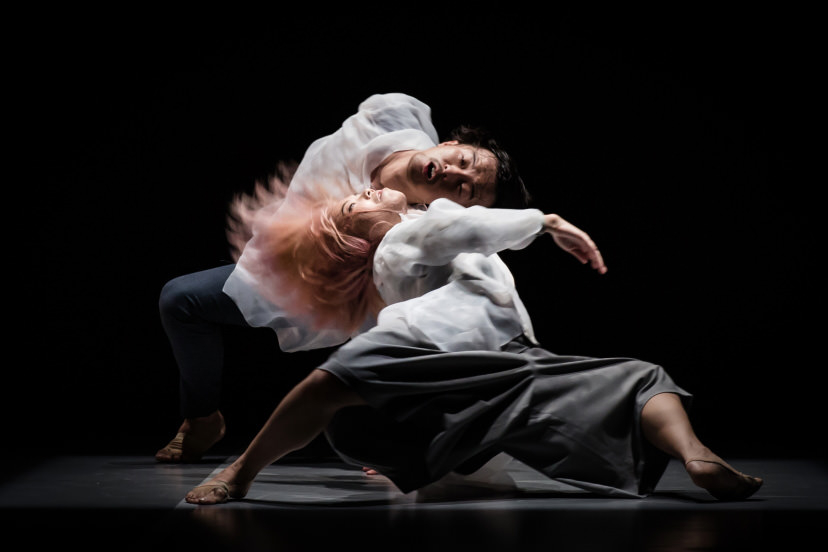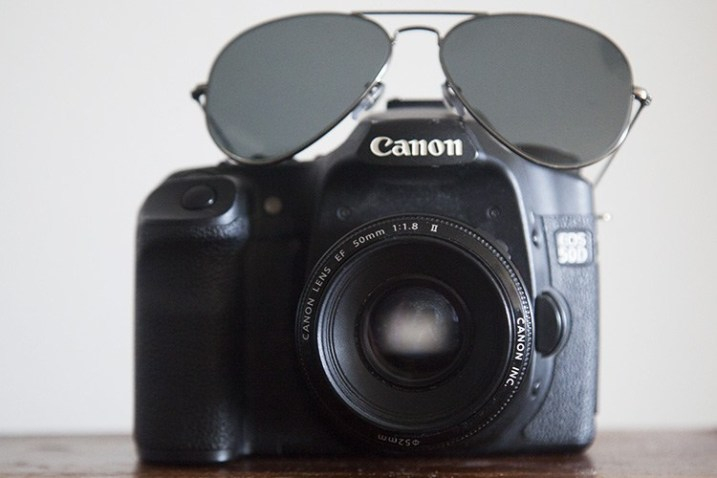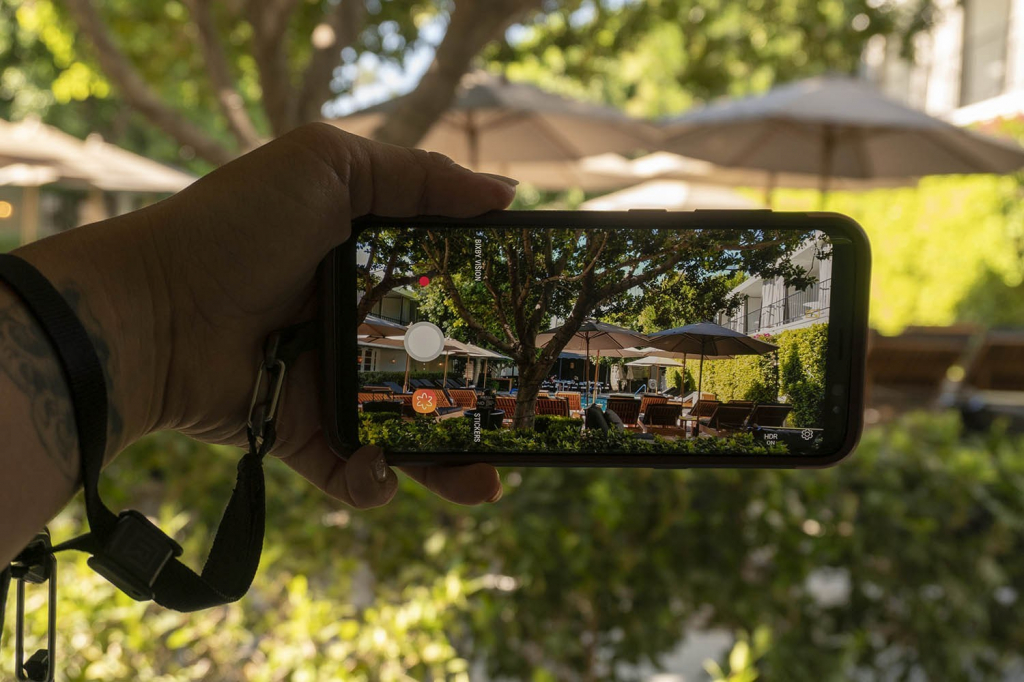HOW TO MAKE A QUALITY PHOTO FROM THE VIDEO
 The moving images that we see when watching videos and movies are actually just an optical illusion of the human brain. At a speed of about 30 frames per second, the movement caused by this stream of still images becomes indistinguishable from the perceived movement of actually moving objects. That is why photography and cinematography have always been connected. The tools needed to create moving images come from tools for creating still images, they are simply more powerful. These two technologies have always evolved in tandem.
The moving images that we see when watching videos and movies are actually just an optical illusion of the human brain. At a speed of about 30 frames per second, the movement caused by this stream of still images becomes indistinguishable from the perceived movement of actually moving objects. That is why photography and cinematography have always been connected. The tools needed to create moving images come from tools for creating still images, they are simply more powerful. These two technologies have always evolved in tandem.
Take, for example, the 35 mm format, which became the standard because it corresponds to the format of film in traditional movie cameras. Previously, a 35-mm camera and a lens were used in filmmaking to check the lighting and composition of a scene before shooting it with a more expensive film. For many years, cameras were cameras for photos, and movie cameras were cameras for movies, but now they are changing. Today’s digital video formats have created a new workflow.
This photo was taken from a culinary video, it can be easily used for a cookbook or on social networks.
Using a high-resolution video format, such as 4K, and accordingly a large amount of data received from each frame, you can now shoot video and extract usable files from individual frames. 4K captures about thirty 8 MB images per second, and the resulting images are good enough to print in magazines. This means that the photographer can take a 4K camera and shoot a video, and then select individual frames to present them as photos to the client.
There are some drawbacks to this method — for example, the cumbersome sequence of steps required to extract individual frames, but this process opens up some amazing possibilities.
To use capturing photos from a video, sports photography immediately comes to mind, where subjects are moving quickly. You can shoot video of running athletes and choose the best image from a set of not 5-10 frames per second, but from a continuous stream of 30 frames per second.
It is also advantageous to use the capture of photos from the video when shooting other objects, for example, at weddings. A common dilemma for wedding photographers is the necessity of capturing the spiritual gestures and looks of the couple during the ceremony without the constant click of the camera shutter. A wedding photographer can easily mount a camera on a tripod with a long lens and capture the entire ceremony, later selecting the best shots.
About some limitations
While a 4K video camera has a high megapixel sensor, 4K video does not use all the data from this sensor, since it is clipped and reduced to the standard 4K size. Each frame of 4K is 8.8 megapixel and is captured at a ratio of 17: 9.
Frames captured from 4K video will be wider and narrower than full frame shots. In order to preserve the proportions, you have to crop the image taken in 4K format. Cropping a captured 4K frame results in an even lower final number of pixels. The dynamic range of the video is also reduced, which must be considered when shooting.
Now there are 5K video systems, such as RED (Red Digital Cinema), already shooting video in 6K, to edit in 4K in post-production video workflows. The point at which the video goes to 5K is the point at which the photo and video frame become indistinguishable.
4K video requires a huge amount of memory. A 4K video minute takes up about 1 GB of disk space, and high-speed memory cards are needed to prevent buffer overflow and premature termination of video capture. This makes it useless for 4K video many of the CompactFlash memory cards that are already in the bags of photographers.
Photographers will also need additional software to extract 4K video — something like Apple’s Final Cut Pro X or Adobe’s Premiere Pro. You can’t just import 4K video to Lightroom and select a frame, but you can import it into Final Cut Pro X or Premiere Pro, select a frame and export only this one 8 megapixel image.
To work with 4K video, you do not need to have a 4K monitor, since the standard is automatically reduced to properly display on HD displays, so there is no need to invest in such equipment.
Capture photo from video
Although the process for exporting photos from Premiere Pro and Final Cut Pro X is slightly different, the idea remains the same. In our example, it is assumed that you are working with Final Cut Pro X, but in Premiere Pro the steps are similar.



